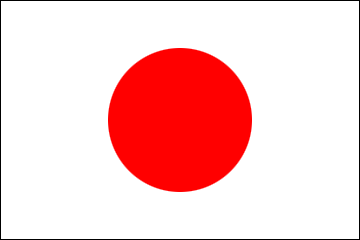Through the Eyes of the former Consul General Yamada (June, 2017 - July, 2020)
2018/9/11

My experience harvesting wheat
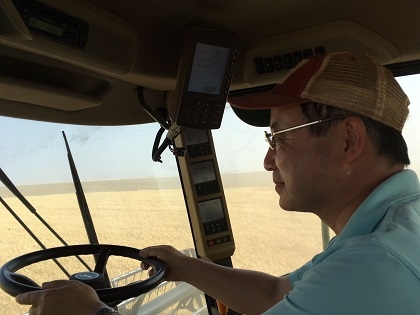
Me reaping wheat at Sen. Schoesler’s fields
About two months ago, I received an email from Washington State Senator Mark Schoesler’s office, inviting me to join the Senator as he reaps wheat in his fields in early August. I asked my child if he had any interest and he said, “I want to go,” so when I asked if it was okay to bring my child, they responded, “with pleasure.” From August 13 to 14, we visited Senator Schoesler’s wheat fields in Ritzville, located in eastern Washington.
Last September, Senator Schoesler visited Japan with fellow state legislators and observed Nagoya and Tokyo’s businesses and research facilities. Elected in 1993 to the legislature, he is currently the Senate Republican leader. I have had several opportunities to meet with him. State senators, unlike their counterparts in Japan, can have multiple jobs other than that of a legislator. He is the fourth generation of farmers in his family.
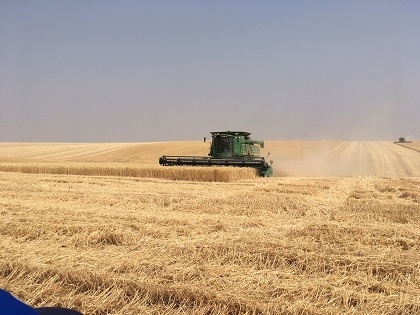
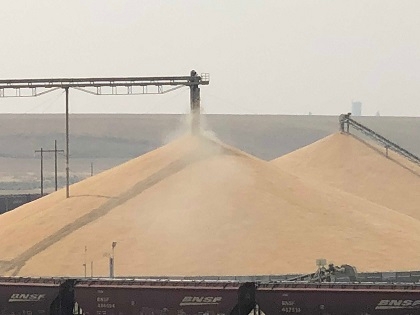
The next thing that surprised me was that the harvesting site was almost perfectly mechanized. The combine harvesters position themselves perfectly while communicating with an artificial satellite, proceeding in a straight line several hundred meters each and will repeat with utmost efficiency. The machine automatically makes any necessary fine adjustments to move straight across the undulating ground. The end of the sickle of the large combine harvester is not more than one foot apart from the already harvested wheat line; there is no waste in movement. Moreover, the husk has already been completely removed at the time when it was loaded from the combine to the truck. The manpower is less and it is a capital-intensive form of production. I tasted the raw freshly plucked grain– it was rich and delicious.
Senator Schoesler operated a combine harvester for the first time when he was 11 and still operates the combine every day from 7 a.m. to 9 p.m. – a total of 14 hours – during harvesting season. His son also learned how to use a combine from age 13 and paid his way through university. Since our intention was not to be treated as guests, but work until we were completely sweaty, I prepared a number of clothes and entered the farm entirely ready. In the end, we did not get sweaty, but rather we were blessed to listen to Senator Schoesler speak about agriculture while reaping the expansive wheat fields.
I inquired if they use GMO in producing the wheat –something that arouses questions in Japan. The answer was “NO.” “Japan is a very important customer. We cannot impose our products on customers. We make high-quality wheat according to the customer’s request.” While talking about this, an owl appeared on the field we just harvested. This was my first time seeing an owl in the wild. I thought that owls were nocturnal creatures who were active in the woods. Apparently, the owls catch field mice who try to eat the wheat, so there are many owls and foxes who hunt in these areas. “We warmly welcome owls and foxes! You can see many animals here. I have seen three moose at a time.”
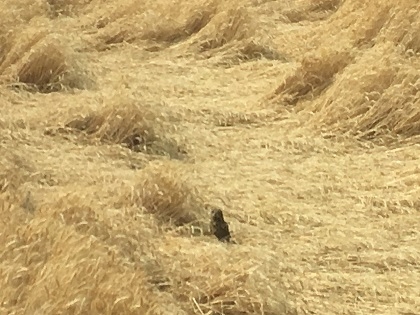
According to the Japanese Ministry of Agriculture, Japan’s self-sufficiency rate for food in 2017 is the lowest in the developed world at 38% (based on a calorie-expended basis). Japan imports a large amount of food from all over the world to meet demand. Wheat imports account for 5.7 million tons, with 53% (or 3 million tons) coming from the United States. Washington State is one of the leading wheat producers in the United States. Even the day before I visited, employees of a major flour milling company from Japan came to check on the situation of wheat in Ritzville.
Speaking of the connection between the U.S. and Japan, the trainees of the Japan Agricultural Training Program, which is hosted by the Japan Agricultural Exchange Council (JAEC) and has been in existence for over 50 years, will be traveling to farms throughout the United States after their training in Washington State. Washington State has a long and deep relationship with Japan not only in aircraft and technology industries, but also in agriculture.
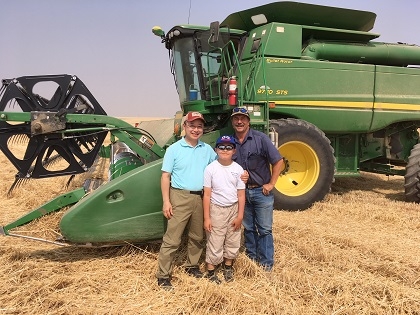
(Left to right) Me, my son, and Sen. Schoesler
